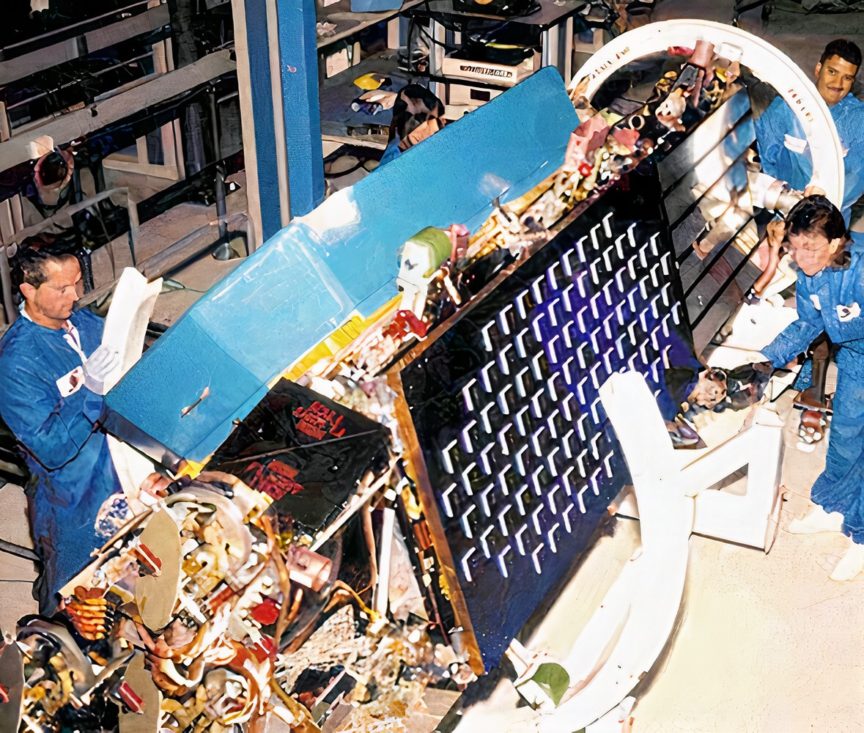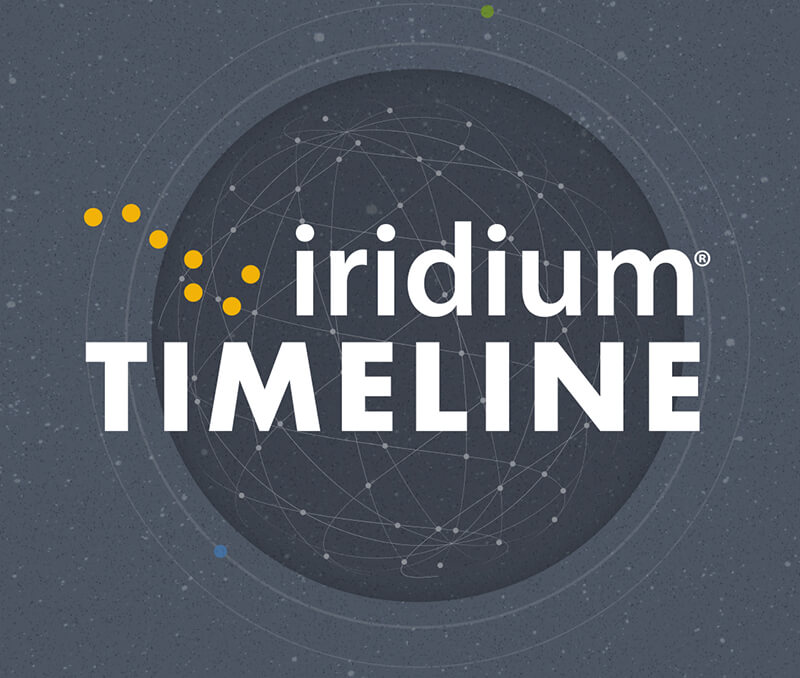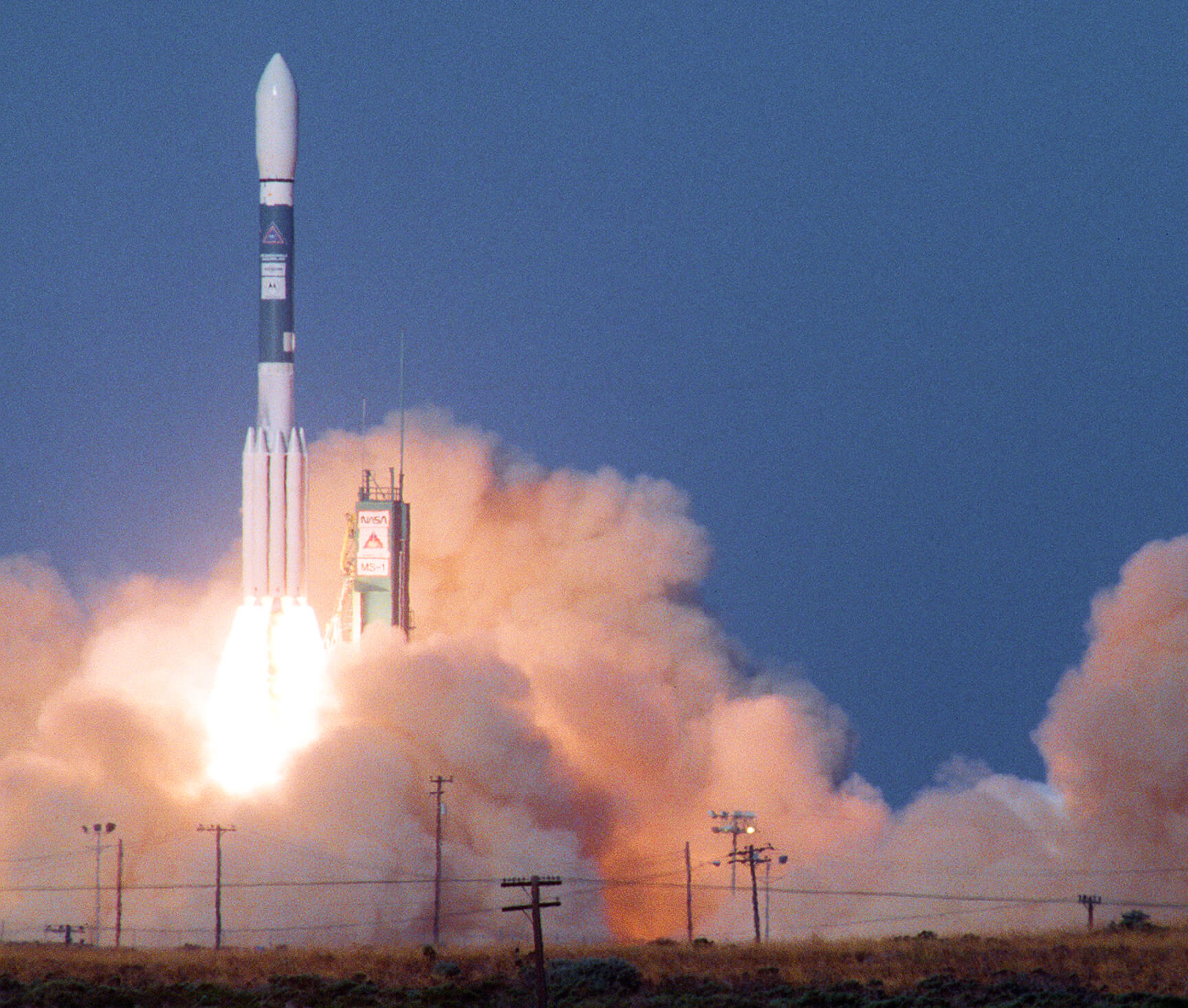From Dream To Reality
In 1987, a few bold thinkers envisioned a revolutionary system of communications. Bary Bertiger, Ray Leopold, and Ken Peterson began working on a satellite-based communications system designed to connect people on a global scale – and in 1988 Iridium was born.
Initially a project in a Motorola research lab in Arizona, Iridium was built on technology developed for U.S. President Ronald Reagan’s abandoned “Star Wars” program. The constellation was originally thought to need 77 satellites to provide global coverage, making the name Iridium (the element with an atomic number of 77) the perfect fit, as the architecture of the network resembled that of electrons orbiting the nucleus of an atom. Later, engineers discovered only 66 satellites were necessary to cover the Earth, but the clever name stuck.
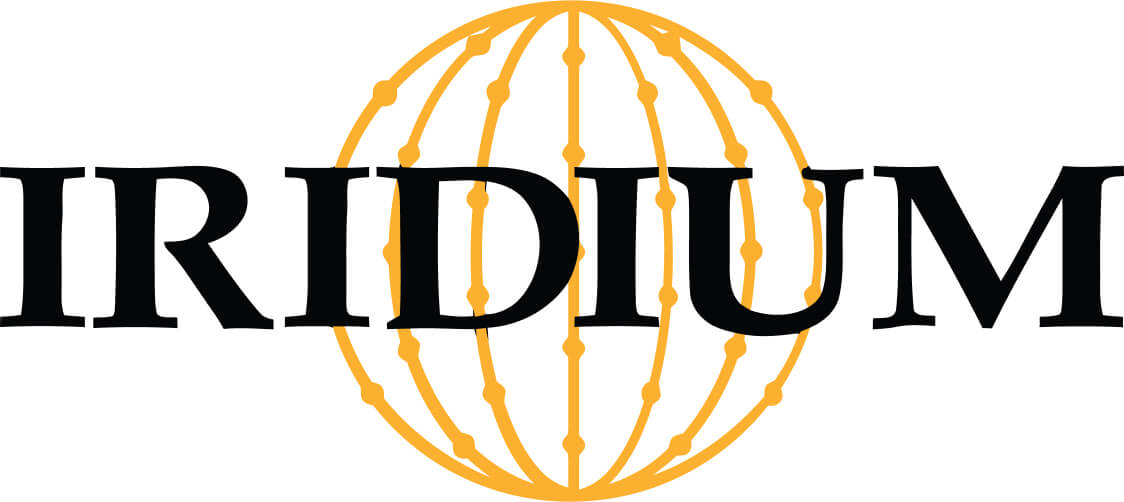
Iridium was designed to use satellite technology as an alternative to cellular devices, which, at the time, were bulky and expensive. Over the next decade, more than 90 satellites were built and launched to create the first global satellite network. On November 1, 1998, the network launched commercial service, and the ceremonial first call was made by U.S. Vice President Al Gore to Gilbert Grosvenor, the great-grandson of Alexander Graham Bell and chairman of the National Geographic Society.
Phoenix Rising
In the 10 years it had taken to build, finance, and launch the Iridium network, cell phone technology had greatly expanded, making it much less expensive and much more convenient for consumers. This change in technology and consumer attitudes made it difficult for Iridium to continue under its previous business model, and, in 1999, Iridium LLC declared bankruptcy.
In August 2000, Motorola announced its plan to deorbit all satellites and permanently shut down the Iridium network. Fortunately, just days before the scheduled deorbiting of the constellation, Iridium was saved by a small group of enterprising investors who signed a service contract with the United States government. Promising to leverage the power of the network in new ways, a smaller, diverse team of global investors, led by Dan Colussy, took over and began working with the U.S. Department of Defense. The new Iridium, or “Iridium 2.0” as some called it, rapidly expanded to other markets as well.
Preparing the NEXT Generation
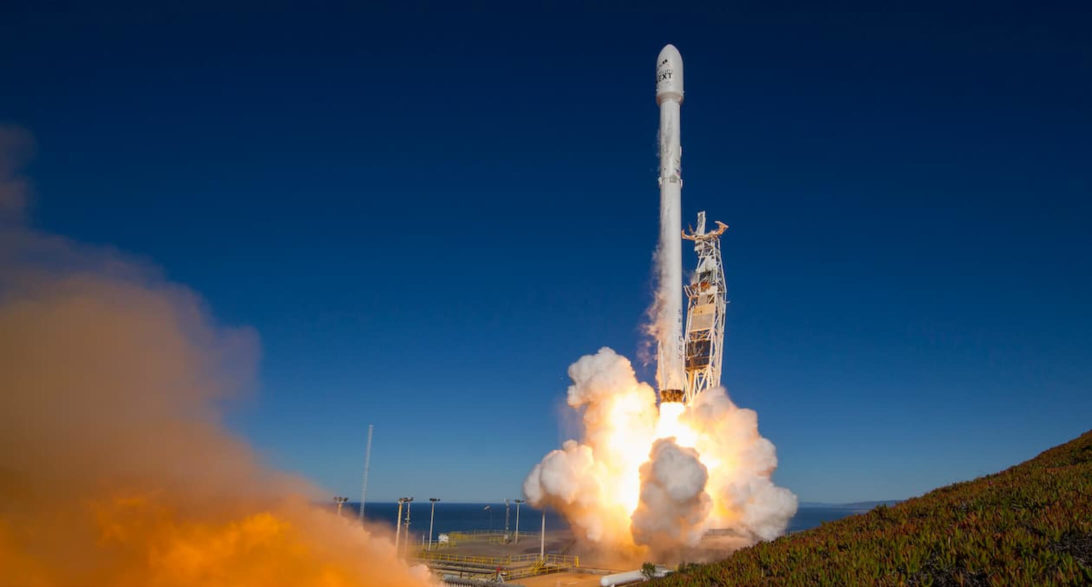
By the mid-2000s, the first-generation satellites, originally launched in the late 1990s, had far surpassed their expected five-to-seven-year lifespan. In 2007, Iridium announced plans for Iridium NEXT, a mission that would completely replace the original satellite constellation and go on to become the largest space-based technology refresh in history.
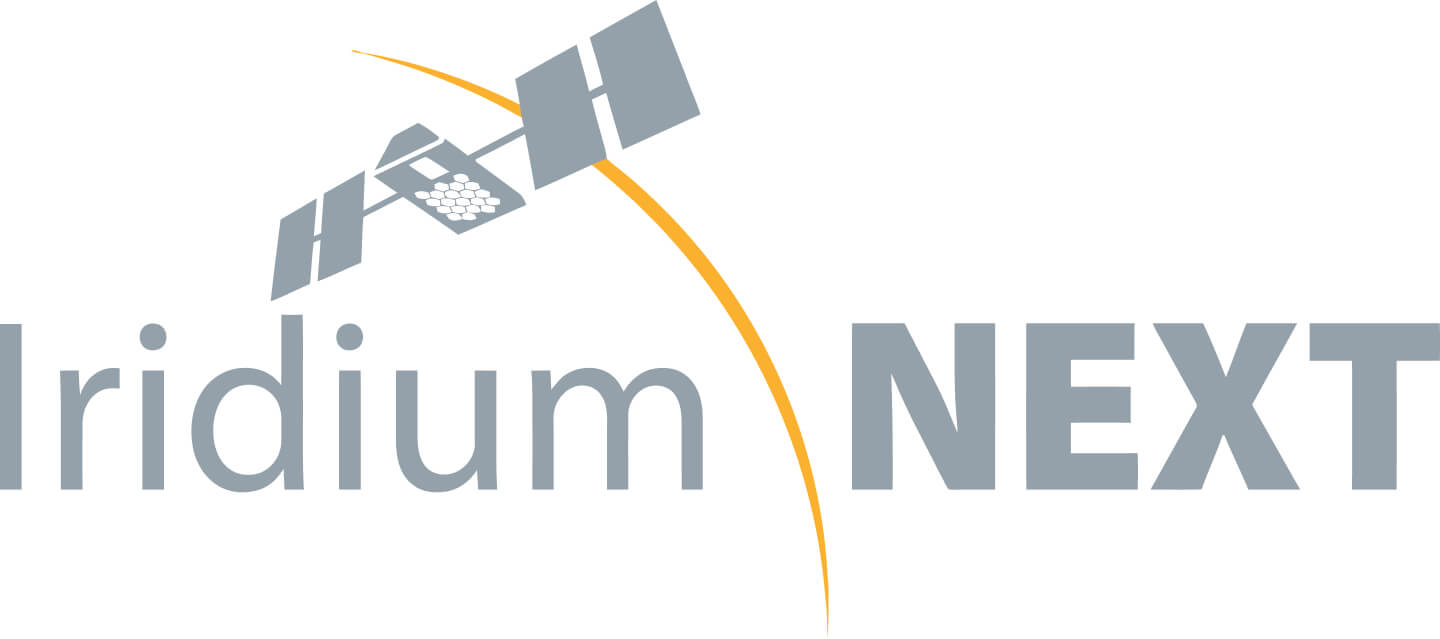
Iridium took a gamble and partnered with then-newcomer SpaceX, and in 2010, became the first commercial customer of the now wildly successful company. Between 2017 and 2019, SpaceX launched 75 next-generation Iridium satellites into Low-Earth Orbit on Falcon 9 rockets over eight launches. The last launch took place on January 11, 2019, and the new constellation became fully functional less than a month later on February 5, 2019. The upgraded Iridium constellation is still made up of 66 active satellites, with an additional nine in-orbit spares and is expected to service Iridium users around the globe beyond 2030.
In 2015, Iridium Certus®, a new service platform leveraging the upgraded constellation, was announced. After years of development and testing with key partners, commercial service was introduced in early 2019. Iridium Certus is shaking up the satellite communications industry with the addition of new broadband and midband services, providing reliability and versatility to customers anywhere in the world.

